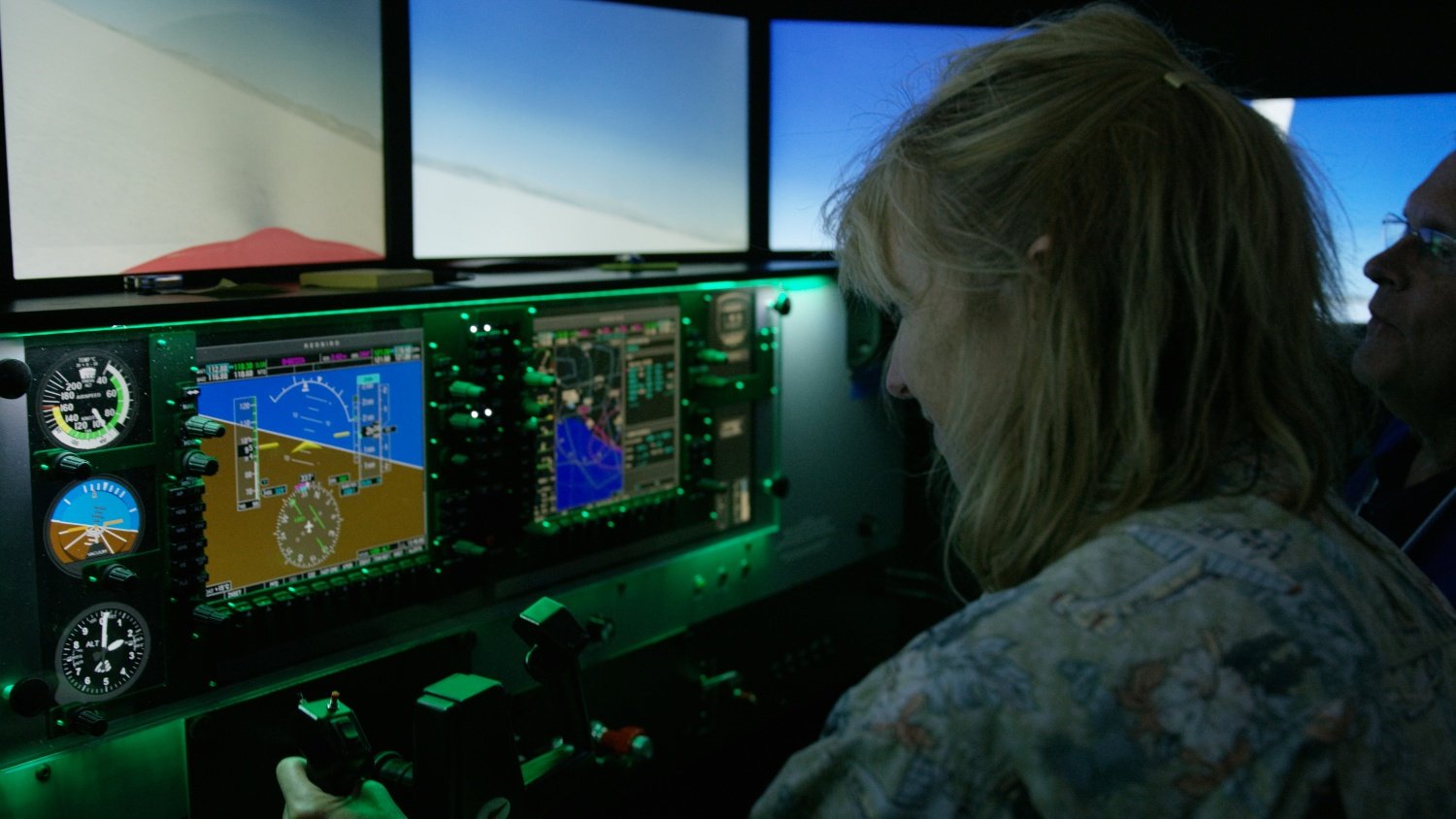How to Overcome the Challenges of Remote Flight Instruction
For an activity as hands-on as flight training, COVID-19 has created many complications and disruptions. In many parts of the world, conducting flight instruction in a training aircraft would violate local restrictions or current health guidelines. However, remote flight simulator instruction provides a way to safely resume flight training worldwide.
While remote simulator instruction presents some challenges, there are a few steps you can take to adjust to an unfamiliar training environment and make the most of all the tools available to you.
Fine-tune your technology set-up
Technology can be the best friend or the worst enemy of a remote flight simulator session, so think through what you need to make the experience as smooth as possible. Instructors or flight school staff should have a video call with students before their first lesson to get all the equipment set up properly. At a minimum, we’d advise that students and instructors do the following.
Student Pilots
- Use a Redbird training device at your flight school or home for each session. Realistic flight controls and instruments are highly preferable for remote training.
- Select a video-conferencing platform with your flight instructor and run the application using a smartphone or tablet.
- Mount the smartphone or tablet on a tripod where your instructor would typically sit. Over a video call, ask your instructor to help you adjust the frame and the height of the camera to fit your instructor’s preferences.
Flight Instructors
- Use two displays for every remote session: one that shows the live video feed of the student and another that gives you critical flight information. You can use a laptop and a tablet, a computer with two monitors, or whichever multi-display configuration that you prefer. Just make sure that you don’t have to switch between tabs to see the student and the flight information.
- Ask students to focus their cameras on the flight controls. More than likely, it will be too challenging to get a clear view of the controls and the avionics simultaneously in a live video. Use the video stream for the student’s hand flying and get the information you need from the instruments elsewhere.
- Ideally, your other display should allow you to use an instructor station for the simulation environment and see students’ airspeed and altitude information, their location on a moving map, and so on. However, if your students need to use a non-certified home flight simulator for the session, then you can ask them to share their screen to get a better view of the instruments.
Both the student and instructor also will need a stable internet connection. Video conferencing platforms likely will require the most bandwidth of any application, so check for internet speed recommendations from those providers.
Spend extra time preparing and debriefing
While remote flight lessons necessitate some adjustments, you still have all the same tools for before and after training sessions. Use them now more than ever.
This is an ideal time to employ an inverted learning (or flipped classroom) strategy for flight training. Student pilots should be coming into sessions with their instructors having already learned as much as they can about the lesson. That means instructors should have outside learning materials—such as online lectures, video demonstrations, simulator exercises, articles, etc.—identified and distributed to the student a few days to a week or more before each session. Especially if the instructor is introducing a new task or maneuver, the student should have plenty of time to learn and think about it before the session. The only remaining step should be transferring that knowledge from the student’s brain to the yoke.
Then debrief each session thoroughly. Debriefing the previous flight is the most important part of preparing for the next one. You should be able to use all the same software and tools to debrief over video conferencing, so be sure to take advantage of them. In addition to analyzing the student’s performance, the instructor also may want to debrief the session itself. There are some trial and error involved in remote flight training. Last time we checked, there isn’t a “teaching over Zoom in case of a pandemic” section on the Fundamentals of Instruction test, so there may be a learning curve on both sides of the video call. Instructors should take extra care to keep an open dialog with the student and hone in on what’s working best for both parties.
Related content: How Does a Flight Instructor Know When a Skill is Mastered?
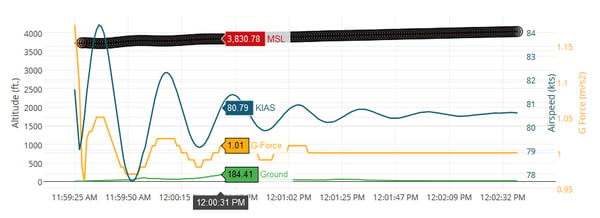
Debriefing in the Redbird Cloud
Have a plan for controlling the simulation
If the instructor has access to an instructor station, then s/he also should be able to control the simulation environment as normal, including setting and changing weather, initiating failures, pausing and unpausing flights, and repositioning aircraft. Without access to these tools, instructors will need to be creative. Scripting scenarios before each session can help instructors keep students on their toes. Adding layers of complexity to the scenario will keep the flight engaging and challenging, even if you can’t change the conditions mid-flight.
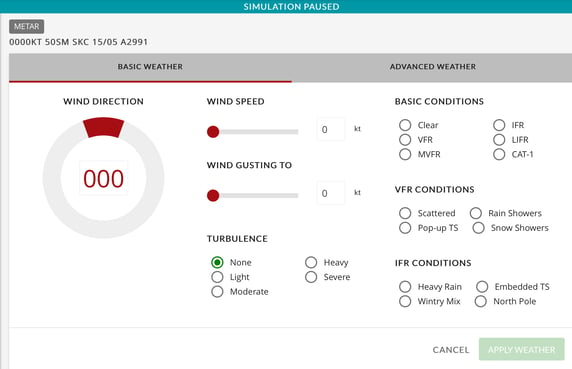
Redbird Instructor Station
Communicate
Whether you're practicing ATC communications or not, be prepared to talk more than usual during a remote simulator session. Without the ability to demonstrate a maneuver at the student’s side, instructors may need to break it down to the most basic level. What an instructor considers to be one step in a hands-on training environment might be three steps in a remote training environment. However, the onus is also on students to communicate effectively. While an experienced instructor can easily read a student pilot’s body language in-person, that may not be the case over a video call. Students should communicate early and often if they don’t understand a concept or if they’re feeling overwhelmed by a scenario.
As much as possible, the open line of communication should extend outside the training session as well. If instructors have an easy way to answer students’ questions before sessions, then the simulator time will be more valuable and productive.
Share this
You May Also Like
These Related Articles
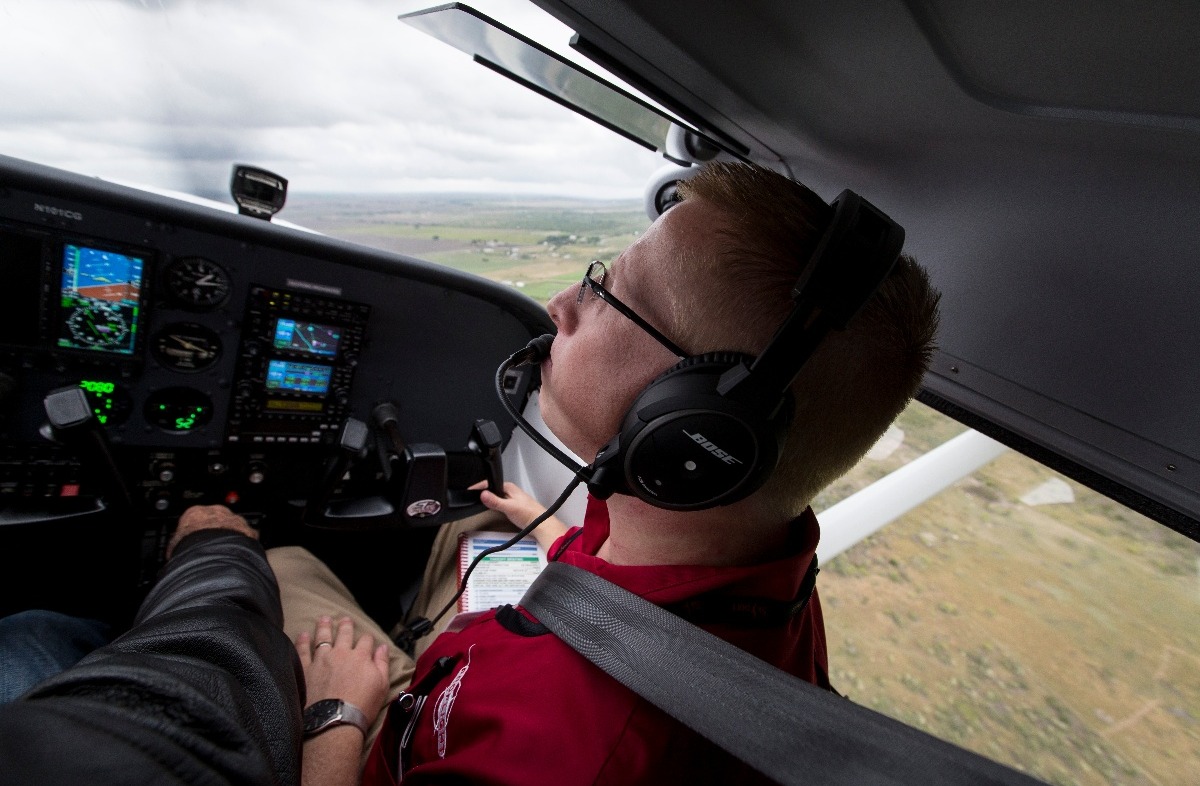
How To Choose a Flight Instructor
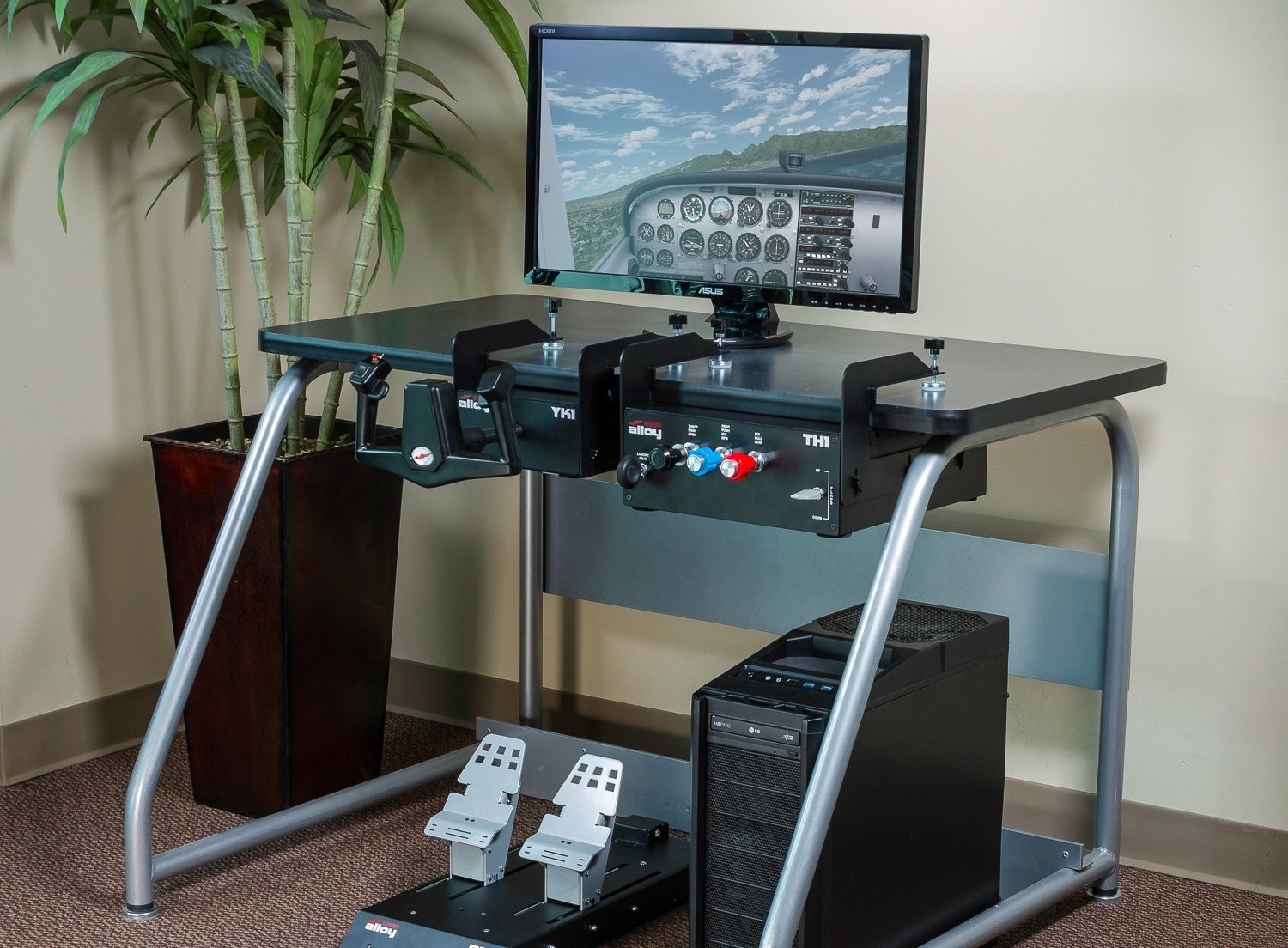
How to Set up a Home Flight Simulator
